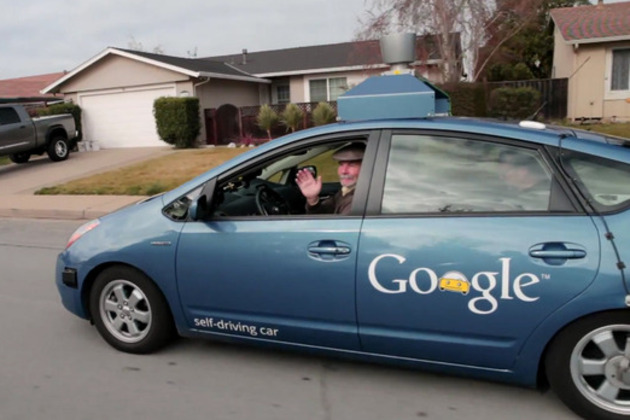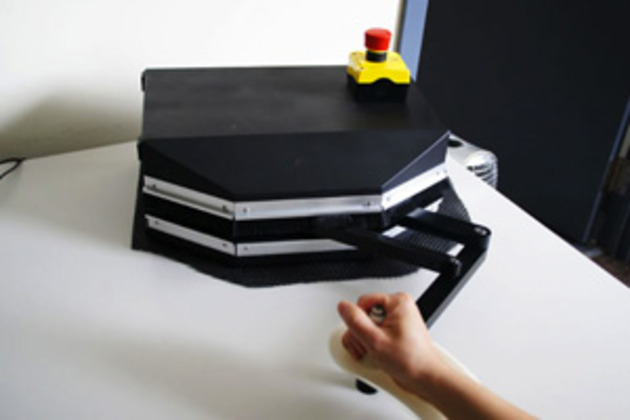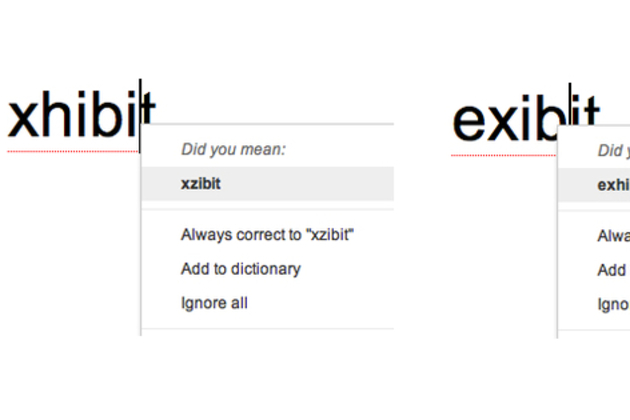
Sometimes it feels all too easy to succumb to cynicism when looking at the cutthroat competition in the tech world, but a new video from Google that demonstrates its self-driving car is more than enough to lead one's heart back to the optimism inherent in human technology. In the video, Google employees pick up Steve Mahan, a man who's lost 95 percent of his vision, and put him behind the wheel — and from the moment the car starts up to a gentle robotic voice that announces "auto driving," it's clear that this ride is going to be unlike any other you've seen. Steve explains how "you lose your timing in life, everything takes you much longer" — "there are some places that you cannot go, there are some things that you really cannot...
Continue reading…





